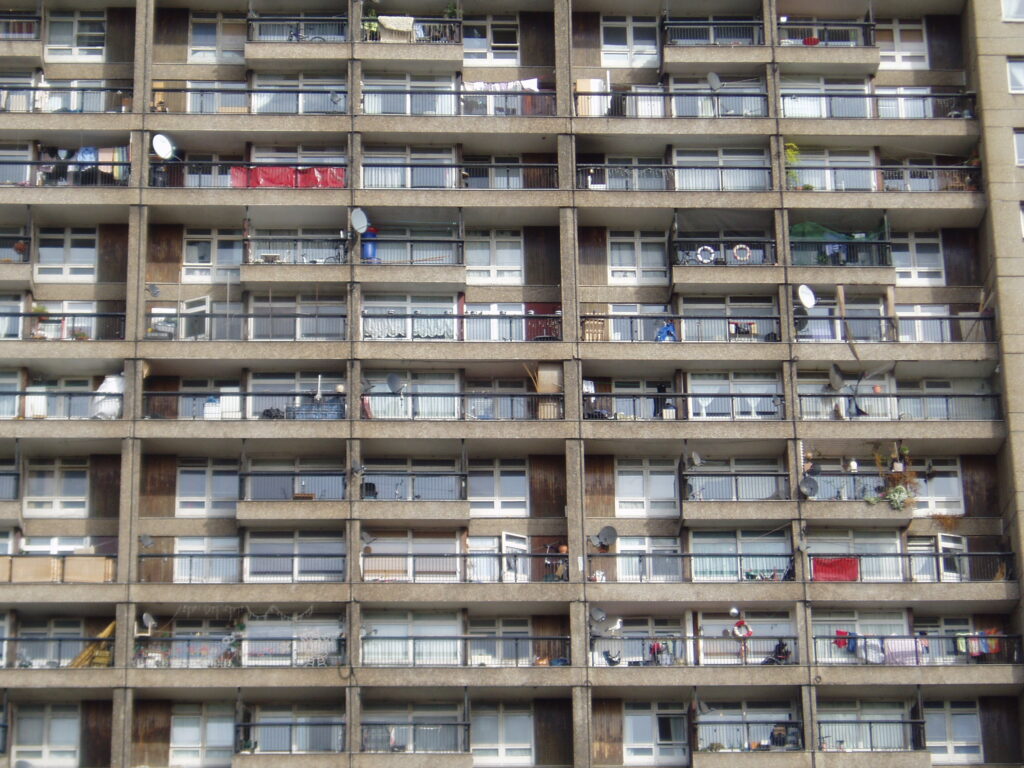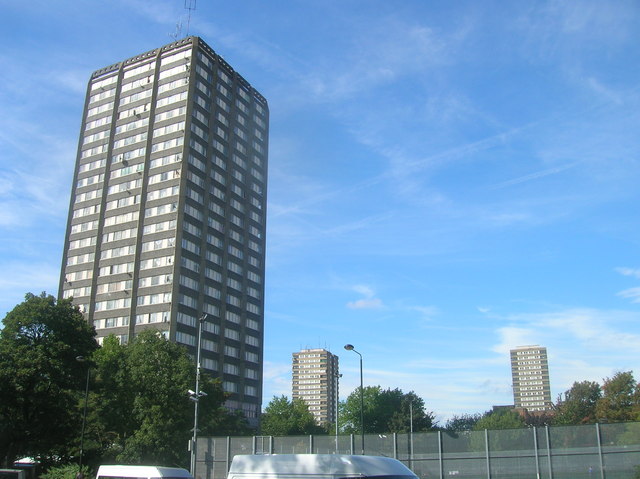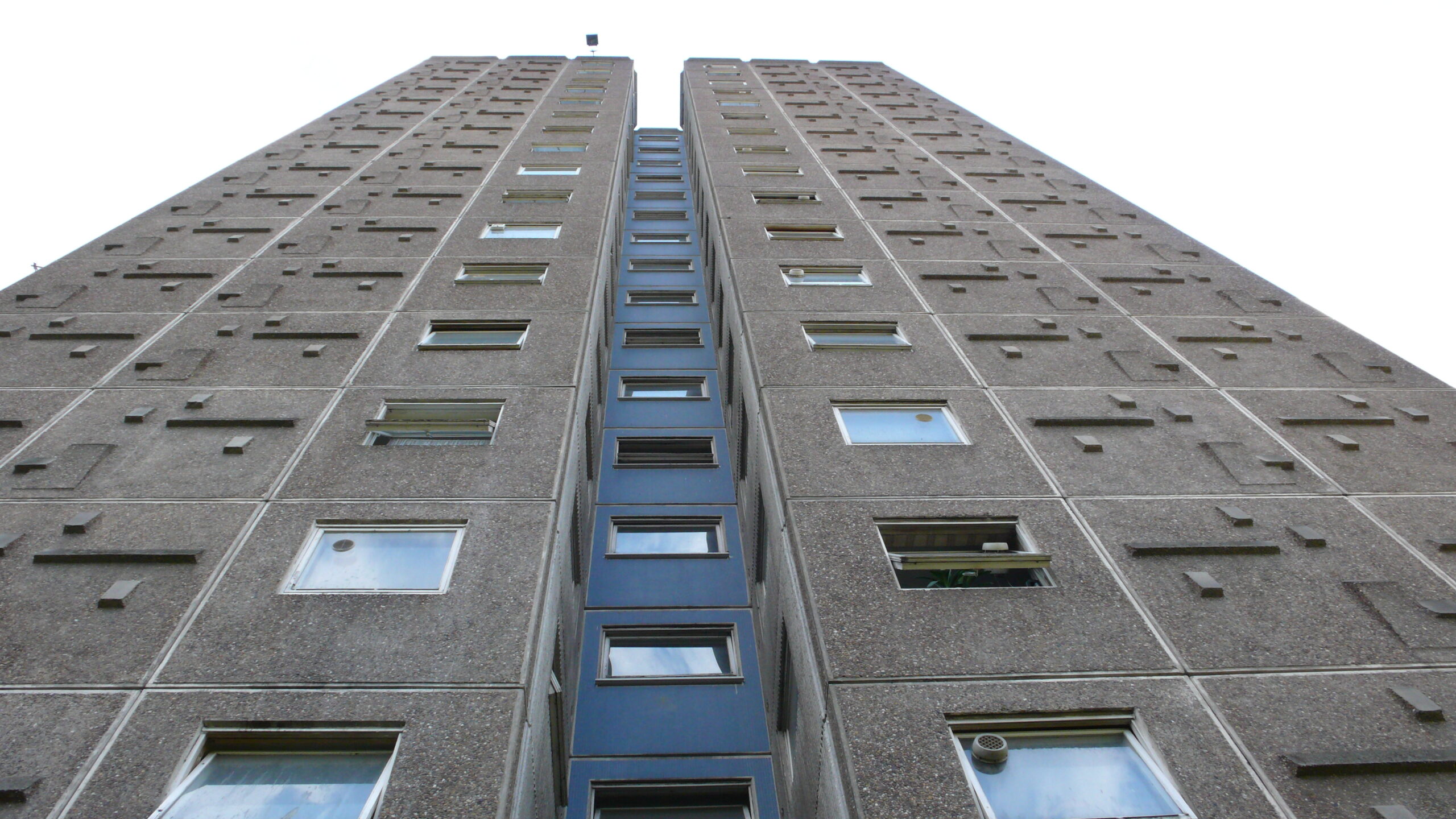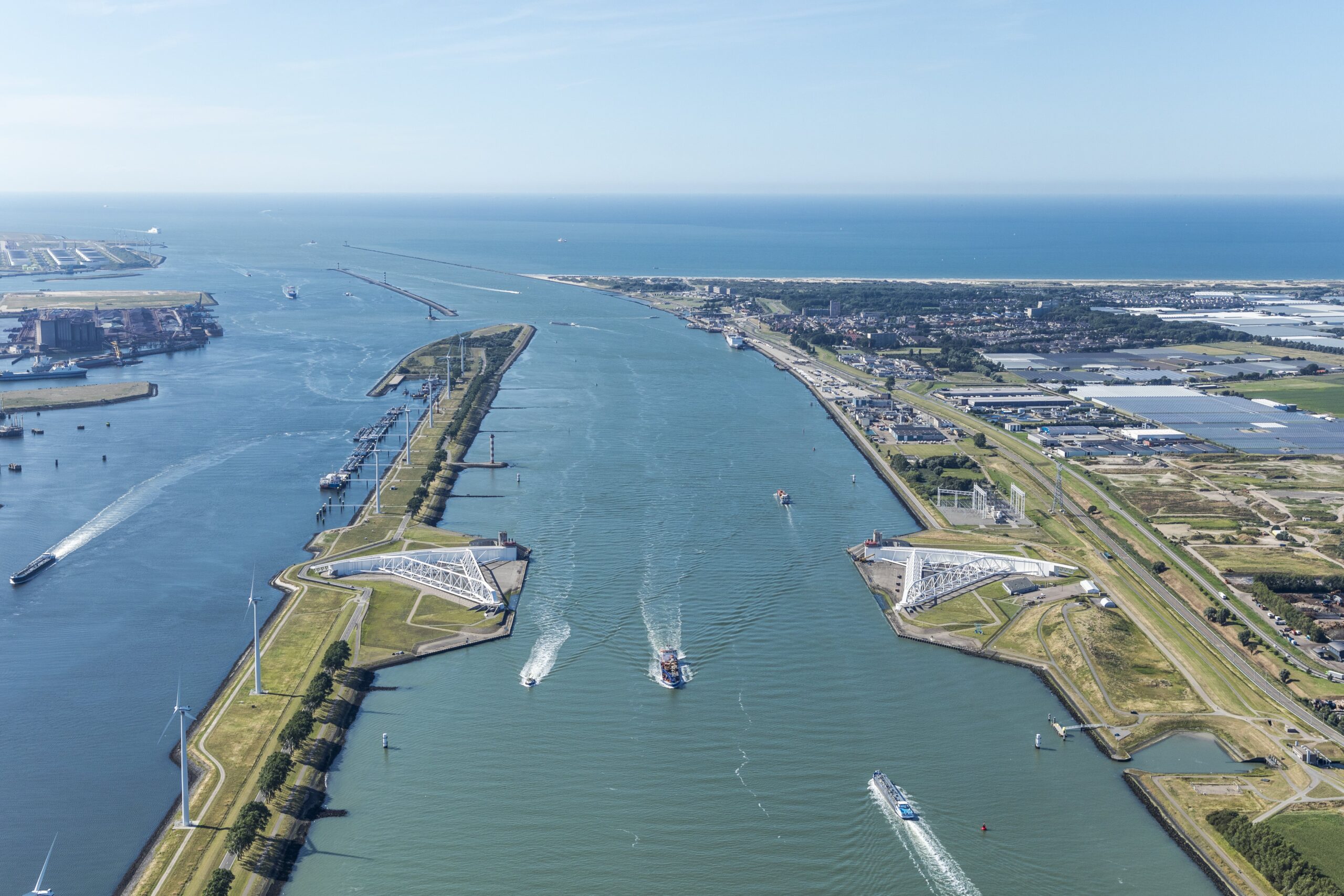Architects: Want to have your project featured? Showcase your work by uploading projects to Architizer and sign up for our inspirational newsletters.
Adam Curtis’s recent films are marked by an extraordinary, some might say reckless level of ambition. In Hypernormalization (2016) and Can’t Get You Out of My Head (2021), Curtis attempts to tell a history of the present, giving narrative form to those invisible forces — finance, technology, culture — that busily make and unmake our world from behind the scenes, pursuing ends of their own that, critically for Curtis, exceed the intentions of the human beings who purport to wield them. “A fake bubble of certainty… has imprisoned us in the West,” Curtis remarks in Hypernormalization in his trademark droll voiceover, “and is now preventing us from understanding what is really going on in the world outside.” Curtis’s films try to pop this bubble, and they do it stylishly, with impressionistic montages backed by Aphex Twin and Burial.
Adam Curtis has said he is a journalist, not an artist, but this is — I’m sorry, Adam — untrue. The stories he is trying to tell today are stories that cannot be contained by the linear, objective methods of journalism. This is why he turns so often to the tools of the avant garde: montage, juxtaposition, irony and rupture. This isn’t a criticism. James Joyce couldn’t capture his time with the tools of linear narrative either, which is why he turned to other methods.
In the 1980s, however, Adam Curtis could have properly been called a journalistic filmmaker, not an experimental one. And he was good at that too. On YouTube, one can watch one of his earliest efforts for free.
The Great British Housing Disaster is an “Inquiry” film produced by the BBC. It does not feature Curtis’s trademark narration — David Jones does the honors here — nor his surreal use of popular music, but his masterful editing is still on view, as Curtis tells a complex story through an accumulation of interviews and news clips. Also apparent in this film is Curtis’s ire toward the mystifying aspect of bureaucracy, the way power disguises itself behind veils of false complexity so that it can function in the dark. One could call this the Kafkaesque element of Curtis’s social criticism.
The Great British Housing Disaster is not only necessary viewing for fans of Curtis’s filmmaking, but also for anyone with an interest in the history of subsidized housing. At the very beginning of the film, the narrator notes that the documentary will not critique the social problems that emerged in the high rise council houses constructed in the 1960s — a familiar tale for UK viewers — but rather the scandal of their shoddy construction. This relatively narrow focus might surprise viewers familiar with the encyclopedic scope of Curtis’s later films, but it is really a strength of this film, as it allows Curtis to turn his attention squarely to the areas of politics and construction, not design or sociology.
What emerges is a story about incentives. While the dream of widely available social housing was noble, the incentive structure in the 1960s encouraged cheap construction with little oversight, leading to junky buildings that ended up discrediting the notion of council houses in the minds of millions of Britons. The stigma attached itself to Brutalist design too, as this misunderstood, frankly utopian style of building came to be associated with the grifters who accepted government money but failed to deliver functional housing.

Balconies of Trellick Tower, London’s most famous council tower. Designed by Ernst Goldfinger and erected in 1972, Trellick Tower is considered a landmark of the Brutalist style. It has never, however, been as popular among local residents as among architects. Photo by Suzanne Waters via Wikimedia Commons.
The villains in this documentary are not architects but contractors who convinced local councils to allow them to control every aspect of the construction process, from choosing architects to hiring labor to conducting oversight. Given this unprecedented level of control, the contractors’ only incentive was to build as cheaply and quickly as possible. Basic issues were overlooked, such as securing the prefabricated concrete panels that comprised the towers with the appropriate bolts and ties. Curtis interviews numerous construction workers who attest to the fact that when bolts and ties didn’t fit right away, they simply neglected to secure them, assuming tension would be enough to keep the panels in place. On site, the direction they were given was to build quickly, not carefully.
A number of problems emerged due to the improperly secured panels, including damp getting into the building, which caused the concrete to erode and in some cases even slough off in chunks, endangering pedestrians below. Within just a few decades of their construction, thousands of council towers built in the 1960s were demolished. The touted dream of the Labour government to build 500,000 houses that decade ended up as a bust. The only real winners were profiteering contractors.
The issues brought up in this documentary reached a tragic conclusion decades after its release, in 2017, when Grenfell Tower in West London caught fire, killing 72 people. Inquiries revealed that the fire was caused by the highly flammable aluminum cladding that was added to the concrete tower to prevent damp from getting in and corroding the steel supports — an addition that was only necessary due to flaws in the original construction.

Grenfell Tower as it appeared in 2009. Photo by Robin Soanes via Wikimedia Commons.
The risks that went in to repairing these deeply flawed towers are noted in the latter half of the documentary. In a hauntingly prescient moment, a member of the Association of Metropolitan Authorities explains that “The only way that you can repair the present industrialized systems is by the use of other untried and untested remedial works and so we’re actually finding that there are now actually systems of repair coming in to repair the systems-built dwellings in the first place. And we already have evidence of some of those repair systems failing because they have been inadequately researched and evaluated.” We know now that the risks were enormous.
In both the UK and the US, there is a pressing need for public housing today, as housing costs continue to skyrocket, especially in urban centers. These projects need to be undertaken with care. Ordinary people deserve to live in housing that is functional, beautiful and safe. This in fact was the original dream of Brutalist architects like the Smithsons. While many will blame poor design as the reason this dream did not come to fruition, Curtis’s documentary exposes another culprit, one that is all too familiar: greed.
Architects: Want to have your project featured? Showcase your work by uploading projects to Architizer and sign up for our inspirational newsletters.
Cover image: “Brutalist Building Looking Up” by Banalities via Wikimedia Commons




